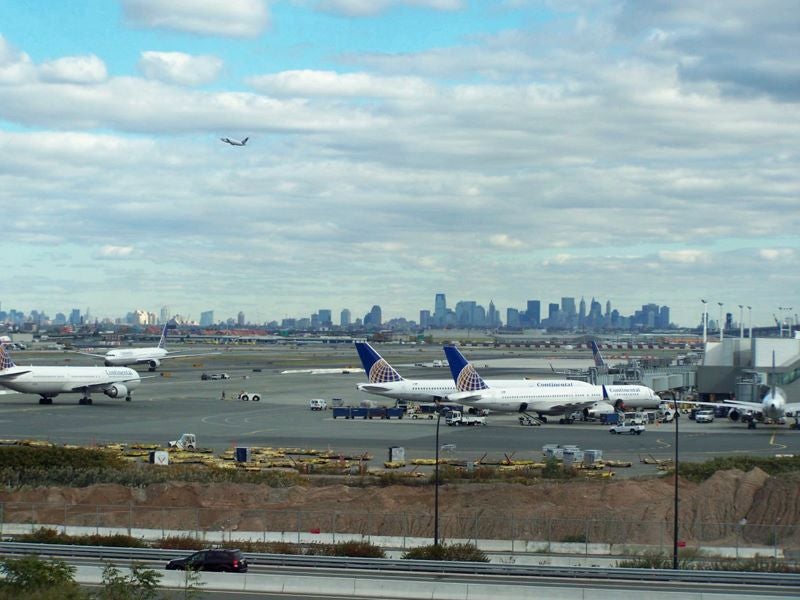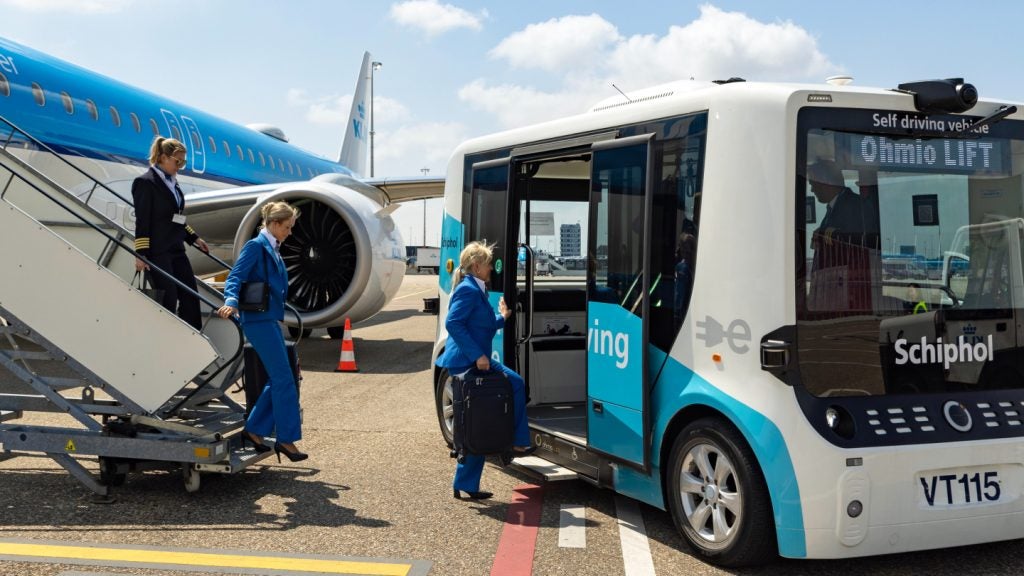
Plans by Amazon to create a freight hub at Newark Liberty International Airport, New Jersey, US, have been abandoned after opposition by environmental and labour groups.
The project involved a 20-year lease for two airport buildings that the e-commerce giant planned to redevelop into an air cargo campus.
Last August, the Port Authority of New York and New Jersey (PANYNJ) entered an agreement with Amazon Global Air for the project.
It would see the e-commerce giant invest $125m in the overhaul of the two buildings and pay the Port Authority more than $300m over 20 years.
The project was anticipated to create 1,000 jobs.
However, activists demanded some concessions from Amazon, including a zero-emissions benchmark at the facility and labour agreements.
How well do you really know your competitors?
Access the most comprehensive Company Profiles on the market, powered by GlobalData. Save hours of research. Gain competitive edge.

Thank you!
Your download email will arrive shortly
Not ready to buy yet? Download a free sample
We are confident about the unique quality of our Company Profiles. However, we want you to make the most beneficial decision for your business, so we offer a free sample that you can download by submitting the below form
By GlobalDataAlong with the impediment that the facility would increase pollution in the already-polluted area, activists also raised concerns about Amazon’s poor track record in labour working conditions.
They also criticised the lack of opportunities for public comment on the project.
PANYNJ chief operating officer Huntley Lawrence said: “Unfortunately, the Port Authority and Amazon have been unable to reach an agreement on final lease terms and mutually concluded that further negotiations will not resolve the outstanding issues.
“The growth of air cargo and the redevelopment of airport facilities in a manner that benefits the region as well as the local community remain a top priority of the Port Authority.”
Lawrence further noted that the agency will evaluate options to decide the best use of these cargo facilities in the future.







